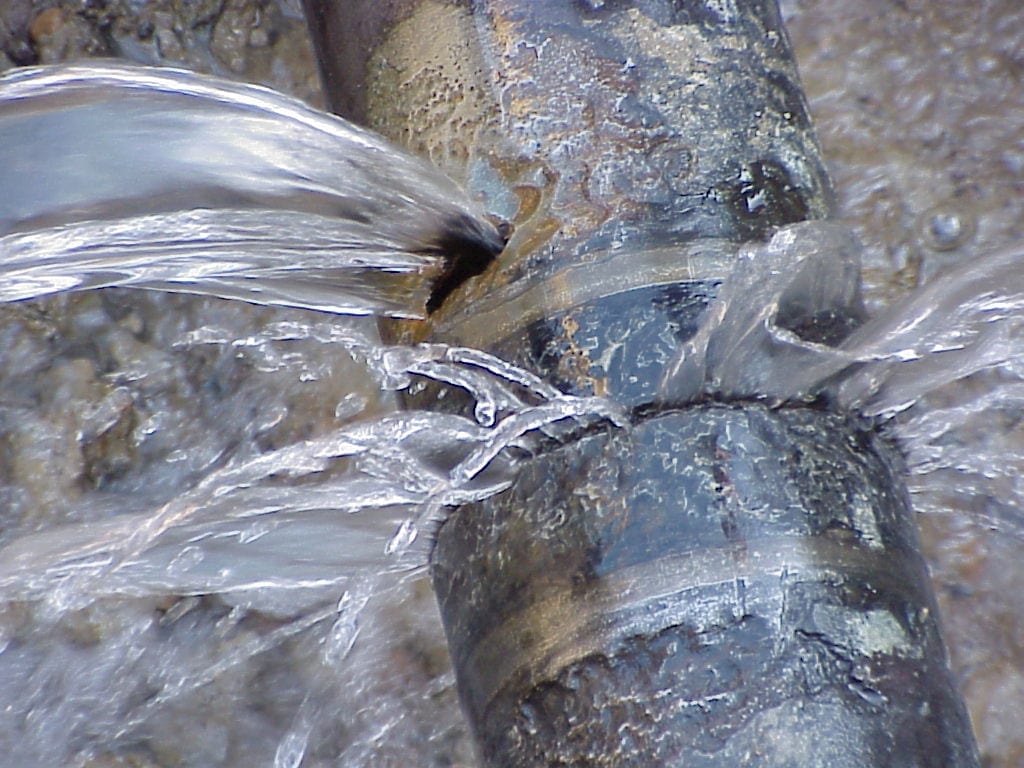Preventing Ruptured Pipeline: Vital Tips to Safeguard Your Plumbing
Protecting against ruptured pipelines is a critical problem for house owners, especially throughout colder months when the risk of freezing is heightened. Implementing strategic actions such as appropriate insulation, regular examinations, and preserving regular interior temperature levels can substantially reduce the likelihood of pipe failing.
Understand Pipeline Vulnerabilities
Comprehending pipe susceptabilities is crucial for efficient plumbing maintenance and avoiding costly damage. A number of factors add to the susceptibility of pipes to bursts, consisting of material composition, age, and environmental conditions. Older pipes, specifically those made from galvanized steel or polybutylene, usually degrade gradually, leading to boosted risk of leakages and tears.
Temperature level variations can also considerably influence pipeline integrity. In chillier climates, water caught in pipes can freeze, applying and broadening pressure on the pipeline walls, which may ultimately result in a burst. In addition, high water stress can stress pipes, specifically at joints and bends, heightening the likelihood of failure.

Insulate Pipes Effectively
Appropriate insulation of pipelines is critical for avoiding cold and succeeding ruptureds throughout chilly weather condition (burst pipe). Protecting your plumbing system successfully safeguards versus temperature level drops that can bring about pricey damage. Begin by recognizing susceptible areas where pipelines are subjected to outside temperature levels, such as basements, attics, and exterior wall surfaces
Usage foam pipe insulation sleeves or cover insulation tape around these areas to give a protective barrier. Guarantee that all sections of the pipes, especially those with restricted warm exposure, obtain ample insulation. Pay unique focus to joints and fittings, as these are extra susceptible to cold.
When insulating, it's necessary to pick products that meet neighborhood building codes and are ideal for the certain environment. As an example, fiberglass insulation is frequently recommended for its thermal resistance homes - burst pipe. Furthermore, take into consideration utilizing warmth cords or tape in severe problems, which can be plugged in to provide additional heat
Routinely examine insulated pipes for any indications of wear or damages, as jeopardized insulation can reduce its effectiveness. By taking these proactive actions, you substantially decrease the risk here of pipe ruptureds, making certain a trustworthy plumbing system throughout the cold weather.
Maintain Constant Temperature Level
A secure interior temperature level is important for preventing burst pipes throughout the frigid months. When temperatures decline, water within pipes can freeze, expanding and producing stress that might ultimately cause the pipelines to burst.Utilizing a programmable thermostat can assist handle interior temperatures properly, guaranteeing that areas with pipes remain warm also when the residence is vacant.
This minor flow of water can avoid freezing by easing pressure within the pipes. By executing these techniques, home owners can significantly reduce the risk of pipeline ruptureds and guard their pipes systems against the rough winter months components.
Frequently Examine Plumbing
Regular assessments of plumbing systems are important for avoiding burst pipelines and preserving total home honesty. Routine checks allow homeowners to recognize prospective concerns prior to they rise right into pricey repair services or significant water damage. During these evaluations, it is vital to examine noticeable pipelines for signs of deterioration, leaks, or wear. Pay unique focus to areas susceptible check over here to cold, such as cellars, attic rooms, and exterior walls.
Furthermore, checking joints and links is crucial, as these points are typically vulnerable to leakages. Home owners must additionally examine water pressure degrees, as too much pressure can strain the pipes system and boost the threat of pipe ruptureds.
Think about scheduling expert pipes examinations at the very least as soon as a year, especially before winter season, to guarantee your system is prepared for chillier temperature levels. By being proactive in your method, you can safeguard your home versus the disruptive and expensive effects of ruptured pipelines.
Know Emergency Treatments
Understanding emergency procedures is important for every homeowner, particularly after conducting regular plumbing evaluations. Being prepared for a pipes emergency situation can considerably minimize damage and save expenses.
Following, maintain essential tools useful. A pipes emergency situation kit need to include a wrench, bettor, and towels, in addition to a flashlight and a container for little leaks. In addition, take into consideration having the contact info for a relied on plumbing easily offered, ought to the circumstance rise beyond your control.
If you detect a leakage or burst pipe, immediately switch off the supply of water and alert your plumbing technician. Furthermore, document the damage with photos for insurance functions. burst pipe. Recognize the signs of potential pipes concerns, such as uncommon water stress variations or damp spots on wall surfaces
Inevitably, aggressive knowledge and swift action additional reading are critical in taking care of pipes emergencies, ensuring your home continues to be safeguarded and decreasing potential damages.

Conclusion
To conclude, protecting against ruptured pipes requires a multifaceted strategy that consists of understanding pipe susceptabilities, correct insulation, maintaining consistent indoor temperatures, regular inspections, and understanding of emergency situation treatments. By executing these necessary approaches, the risk of pipes failings can be considerably lowered, thus guaranteeing the durability and effectiveness of the plumbing system. Proactive measures not only safeguard against potential damage but also contribute to overall water conservation and the security of building.
In colder environments, water trapped in pipelines can ice up, expanding and putting in stress on the pipeline walls, which may ultimately lead to a burst. When temperature levels decrease, water within pipes can freeze, producing and broadening stress that may inevitably trigger the pipelines to burst. By carrying out these strategies, home owners can considerably minimize the threat of pipeline bursts and safeguard their pipes systems against the severe winter aspects.

Comments on “How to Fix a Burst Pipe Yourself: A Step-by-Step Guide for Homeowners”